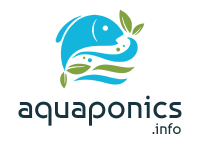Crustaceans
There are several crustaceans used in aquaponics and their ideal temperature ranges are as follows: Prawns: 27.7°C – 31°C, Lobster: 21.6°C – 24.4°C, Oysters: 23.89°C – 26.1°C. All feed on organic plant matter and they are used to keep fish tanks clean. Each grows to plate size in Prawns 6 – 12 Months, Lobster 24 Months, Oysters 24 Months.

